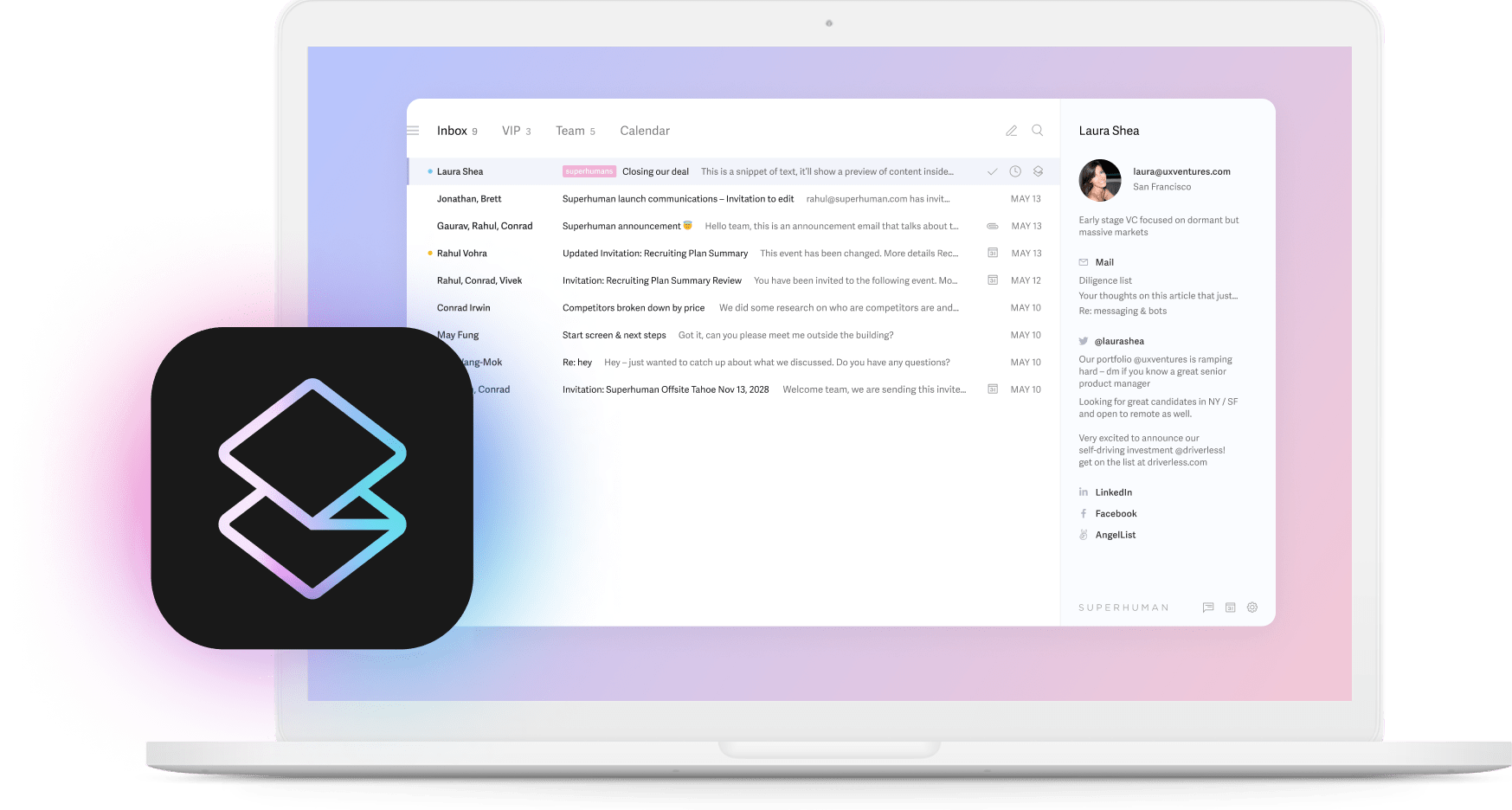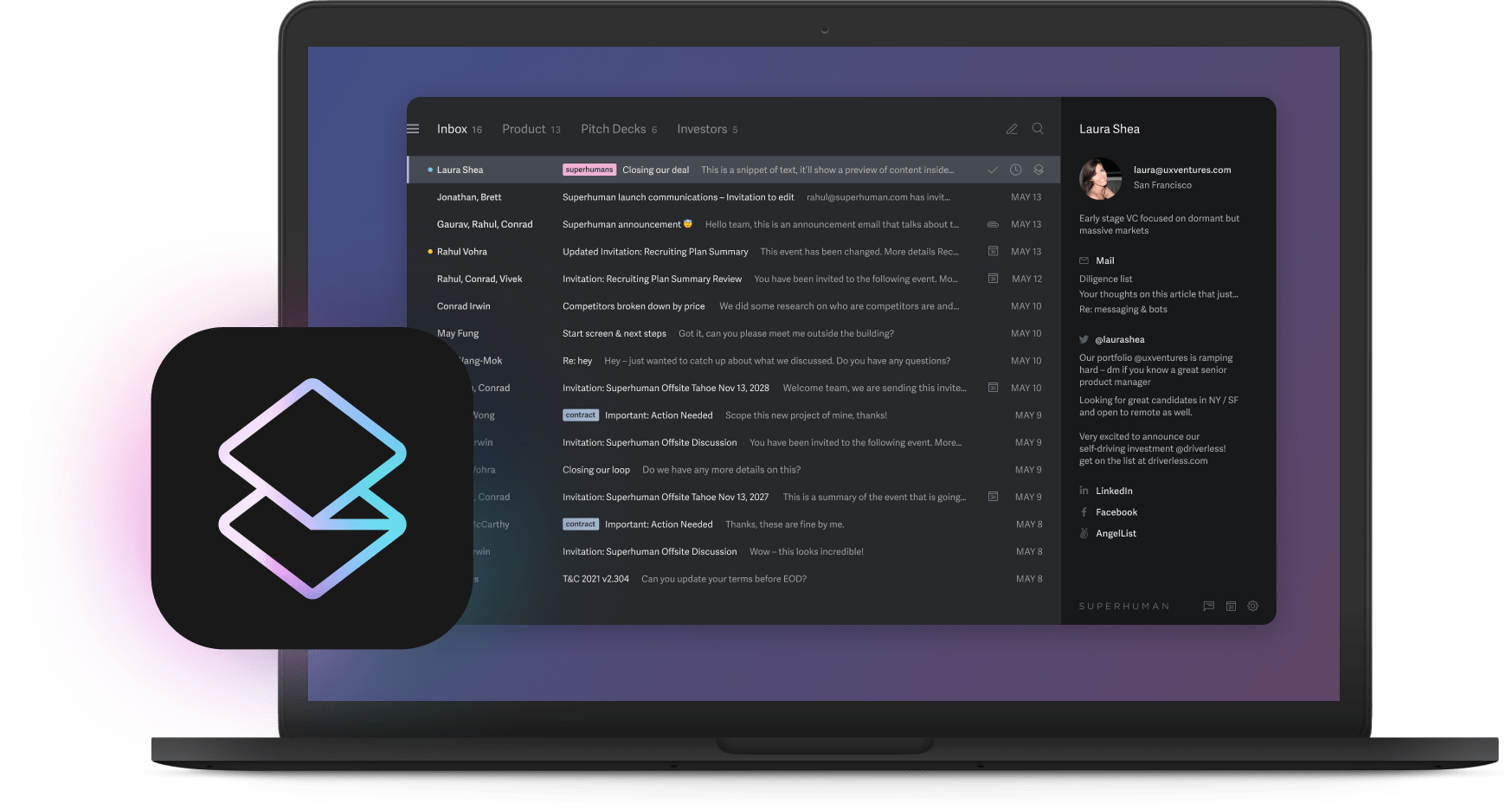
Your AI initiatives are probably bleeding money right now. 80% of corporate AI projects never earn back their investment, yet vendors keep pushing the same broken playbook of chatbots and digital transformation.
Every week, another proof-of-concept lands on your desk promising revolutionary changes. Six months later, that same project quietly disappears after burning through budget without delivering measurable returns. Smart companies deploy narrow automations that cut specific costs and boost clear revenue lines within months, not years.
Budget drains to avoid
42% of companies abandoned their AI initiatives last year after discovering the promised returns never materialized. The failure patterns stay consistent: vague objectives, poor integration, and hidden costs that multiply after launch.
Generic chatbots burn cash
Chatbot vendors promise massive savings through automated customer service, but generic implementations break when customers ask unexpected questions. The initial deployment might cost six figures, but the real expense comes from constant updates, training refreshes, and compliance monitoring that nobody mentioned during the sales pitch.
The few chatbots that work profitably handle narrow, repetitive tasks like password resets or appointment scheduling. Teams find better results using Split Inbox to automatically categorize incoming messages, letting humans handle complex issues while automation tackles the routine ones.
Analytics without action
Building predictive models looks impressive until you try scaling beyond the pilot. Over 50% of leaders cite data quality as their biggest obstacle, and that problem compounds when connecting multiple systems. Your data scientists spend months improving model accuracy by fractions while the business waits for insights that never arrive.
Pretty dashboards mean nothing if nobody trusts them for real decisions. Companies see better returns keeping humans in critical decision loops, using Shared Conversations to collaborate on complex cases while automating only scenarios where accuracy stays consistently above 95%.
Content mills that nobody reads
Marketing departments pour budgets into content generation tools, creating volume without value. Auto-generated articles require heavy editing to meet brand standards and still perform worse than human-written content in search rankings. You spend nearly as much on oversight as you saved on initial creation.
Smart teams preserve their voice by using Snippets for consistent messaging across standard communications while keeping humans in charge of strategic content.
Profitable applications that work
Successful AI implementations solve expensive, measurable problems through narrow automation.
Invoice processing cuts costs immediately
Every company processes invoices, and most waste hours on manual data entry. Automated invoice processing cuts that time by 80% while reducing errors. Measure current processing costs, implement automation, track the savings. Payback typically arrives within three months.
Companies using Auto Summarize to condense lengthy contracts and documents into actionable insights save hours weekly while ensuring nothing important gets missed. Document review time drops from hours to minutes, with labor savings reaching hundreds of thousands annually.
Predictive maintenance prevents disasters
Equipment failures cost manufacturing companies millions in downtime. Predictive maintenance systems monitor equipment sensors and schedule repairs before breakdowns occur. One automotive manufacturer cut unplanned downtime by 30% within six months, saving millions in lost production.
Start with your most critical equipment, prove the model works, then expand systematically. Each prevented failure justifies further investment, creating a self-funding expansion cycle where every dollar saved appears directly on the bottom line.
Dynamic pricing captures margin
Airlines pioneered dynamic pricing, but the approach now works everywhere from hotels to B2B software. These systems analyze demand patterns and competitor pricing to optimize prices in real-time. Even 2% improvements in pricing precision translate to significant gains across thousands of transactions.
Companies often see 5-10% revenue increases within the first year without increasing marketing spend or operational overhead.
Lead scoring drives revenue
Sales teams waste time chasing cold leads while hot prospects cool off waiting for responses. Intelligent lead scoring identifies purchase intent, automatically routing the best opportunities to appropriate salespeople.
Instant Reply generates contextual responses to customer inquiries within seconds, ensuring interested buyers receive immediate engagement. This speed advantage often determines who wins competitive deals. Companies like Rilla have transformed their sales velocity through faster, more intelligent email responses.
Implementation that actually works
46% of AI projects fail completely because companies treat them as technology experiments rather than business investments. Successful implementations follow this disciplined process:
Week 1: Define success in dollars, not features. Pick financial metrics tied directly to revenue or cost. Establish baselines and minimum improvement thresholds. Skip any project where you cannot measure impact from day one.
Weeks 2-4: Run a micro-pilot in a single team. Track results daily. If metrics aren't trending toward success by week four, stop immediately.
Months 2-3: Successful pilots earn gradual expansion. Add one team, then one department, validating results at each stage. Problems surface early when they're cheap to fix.
Vendor solutions typically outperform custom builds because they bring proven architectures and ongoing support. Fix your underlying processes before adding any automation.
Real ROI calculation
Software licenses represent maybe 30% of total expenses. The rest hides in integration work, training programs, and maintenance requirements. Professionals save one full workday weekly with the right AI tools.
Use this framework: Annual net benefit equals total savings minus all ongoing costs. Payback period equals upfront investment divided by annual net benefit. Apply risk adjustments based on your organization's track record. If past initiatives delivered 70% of projected benefits, use that same discount rate.
Focus ruthlessly on payback period. Projects recovering costs within six months deserve priority. Anything over eighteen months needs exceptional strategic value. Industry-leading companies are 3x more likely to see significant productivity gains because they choose projects with quick, measurable returns.
Hidden costs nobody mentions
The proposal shows reasonable license fees, but 43% of companies cite privacy and security as their top barrier to scaling AI. Compliance with GDPR requires continuous auditing, bias testing, and documentation that nobody budgeted for initially.
Model maintenance becomes permanent as 37% of enterprises discovered too late. Data patterns drift, requiring constant retraining. New edge cases demand updates.
Integration complexity multiplies when connecting legacy systems. That simple API becomes months of custom development. Data quality issues surface, requiring cleanup projects. Training costs mount as teams learn new systems.
Watch for hidden escalation triggers in contracts. Usage-based pricing sounds reasonable until adoption grows and costs explode. Annual increases compound quickly. Address these issues during negotiation, not after you're committed.
Strategic selection framework
Profitable AI follows two paths: protecting existing revenue or creating new streams. Protection includes fraud prevention saving millions in chargebacks and predictive maintenance avoiding downtime.
Revenue creation happens through lead scoring that increases conversion rates and recommendation engines that boost basket sizes. Sales teams using Instant Reply to respond faster close more deals simply by being first to engage. Companies like UserGems and Hebbia demonstrate how intelligent email management directly translates to revenue growth.
Choose based on current pain points. Companies bleeding from operational inefficiencies should start with cost reduction. Those with stable operations but stagnant growth should focus on revenue acceleration. Top performers save 14% more time weekly by choosing focused tools that address specific problems.
Map every potential project to specific P&L line items. Set dollar targets, track progress weekly, and adjust quickly based on results.
Warning signs
When vendors use these terms, dig deeper or walk away: "Digital transformation journey" means endless spending without endpoints. "Revolutionary platform" describes technology looking for problems. "Future-proof solution" asks you to pay today for tomorrow's maybes. "Enterprise-grade" translates to Fortune 500 pricing regardless of your needs.
Red flags during implementation: requirements keep expanding, timelines stretch without explanation, success metrics become vague, integration complexity surprises everyone, adoption rates disappoint. When multiple warning signs appear together, cut losses quickly.
The profitable path forward
Technology makes money when it solves expensive problems cheaply. While competitors chase chatbot dreams, you can build advantage through boring automation that actually works. Invoice processing, predictive maintenance, and lead scoring lack excitement but deliver returns.
Leading companies like Brex, Deel, and Go Nimbly prove that focused tools addressing specific workflow bottlenecks generate measurable ROI. The next proposal that crosses your desk will promise revolution. Ask instead for specific improvements to expensive problems. Demand clear metrics, short payback periods, and proven success elsewhere.






